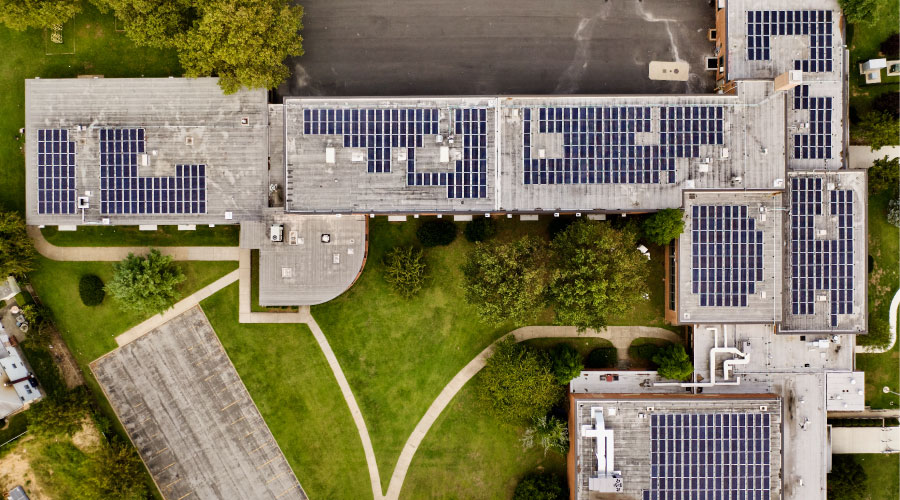Roof Coatings Extend Life of Roof, Components
Major causes for roof failures are a combination of UV, water, freeze-thaw cycles, and soil. These elements cause surface erosion, exposing the scrim, or lattice that holds roof membranes together and causing microcracks to form. In addition, dirt decreases reflectance so the roof surface absorbs more heat rather than reflecting it, and temperature increases.
Roof coatings offer built-in advantages that can protect roof components and extend their performance lives. They are all about 15-30 mils thick, which is about five times as thick as paint. They can be rolled, sprayed or brushed. They are fully adhered rather than mechanically attached. They are seamless.
Where roof coatings differ is the way managers evaluate product options for their ability to extend the performance of the roof. Durability is the key, and managers must consider the way coatings stand up to these stress factors:
- resistance to ponding water
- solar energy reflectivity
- flexibility at low temperatures
- ability to expand and contract
- ability to withstand foot traffic
- adhesion to roof materials and degrees of aging
- fire rating.
White and reflective roof coatings reduce the temperature of the roof membrane and completely block the sun's UV rays, reducing the rate of degradation for roof system components. They also tolerate movement. Even though buildings appear to be stationary, they are subject to the effects of thermal expansion, seismic movement, shifting from the weight of snow and rain, uplift and flutter due to wind, and vibration.
Nearby traffic also is moving the structure, as are intake and exhaust fans and air conditioning compressors. In addition, they are subject to the effects of foot traffic from HVAC technicians, antenna repair people, and roof inspectors.
Roofs can deteriorate in so many ways that without good records, it is difficult to determine the number of years any roof will last or the optimum time for coating. Thermoplastic polyolefin (TPO) roofs, for example, weather as they age. As a result, they become rougher and oxidize, which leads to microcracks that break down the scrim. Soil also reduces the roof's solar reflectance, allowing more heat to penetrate, accelerating the aging, and increasing the heat load.
To get the best performance, a coating must adhere tightly to the membrane. They can improve the adhesion of the coating to TPO by washing it with cleaning solution and a 3,000 pounds-per- square-inch power wash before applying the coating.
Related Topics:














